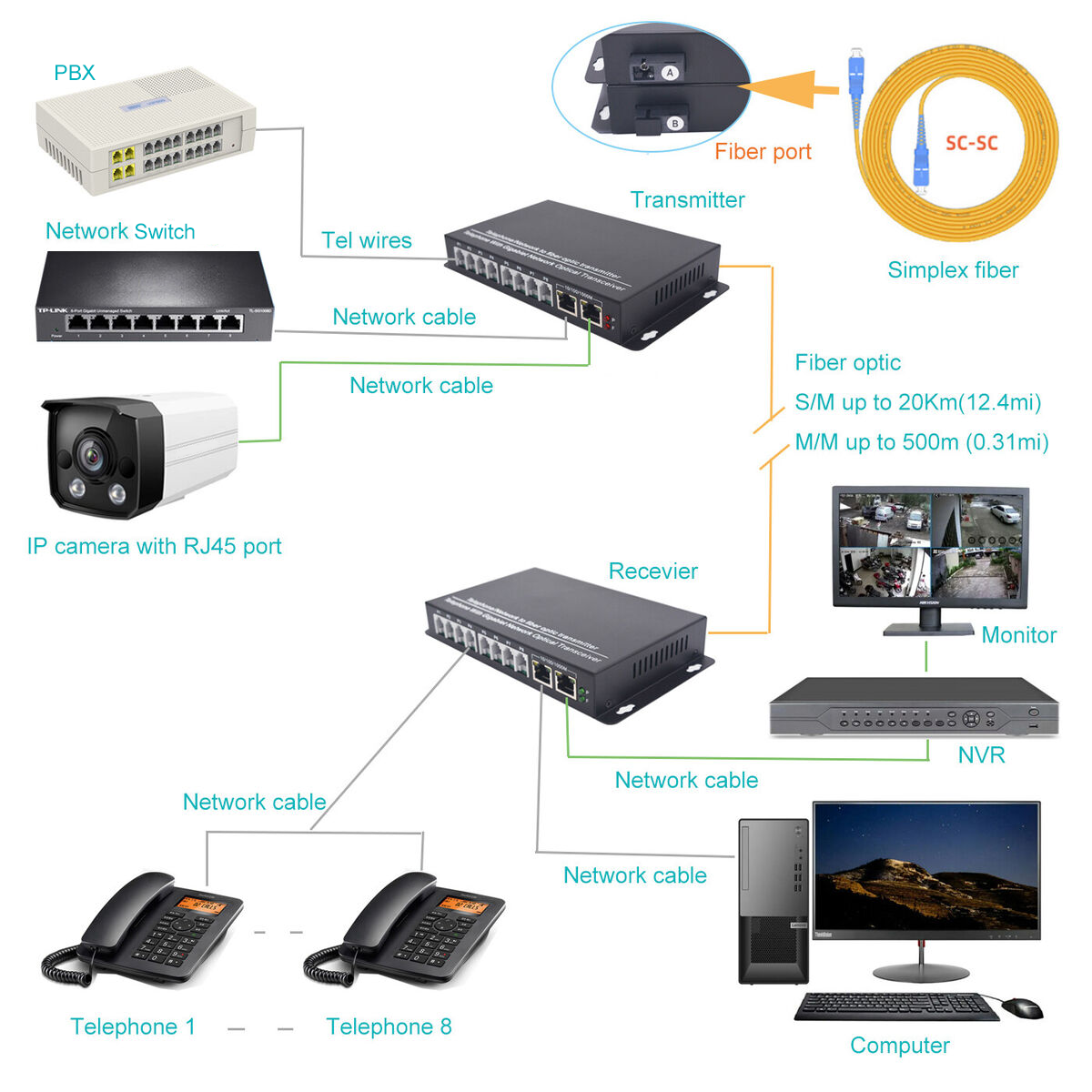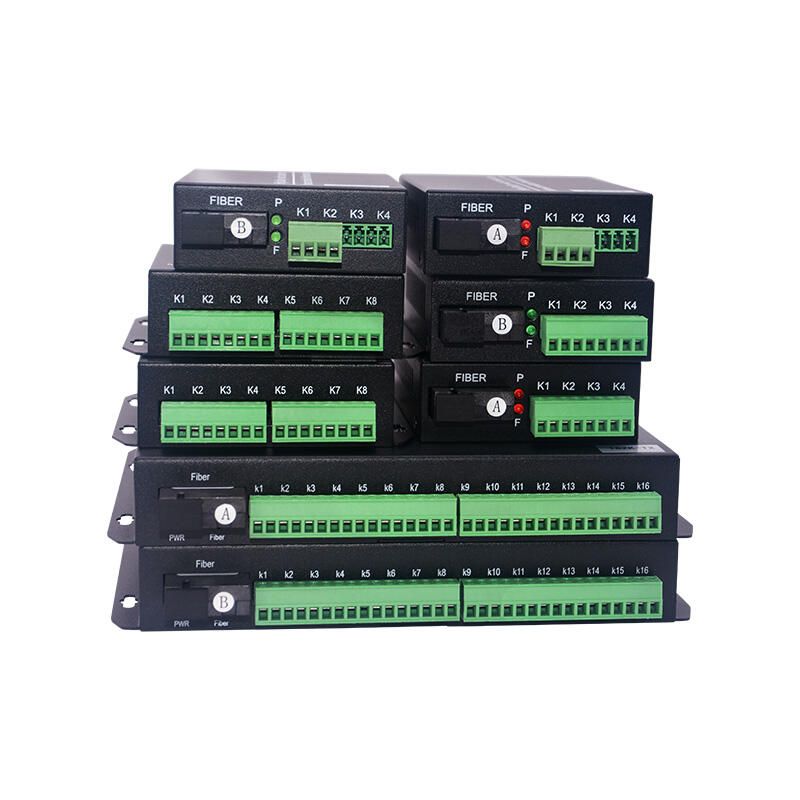Improved Network Performance
By using fiber - optic connections after conversion, it can significantly improve network performance in terms of speed and distance. Fiber optics offer higher bandwidth and longer transmission distances compared to electrical cables, enhancing overall network capabilities.

